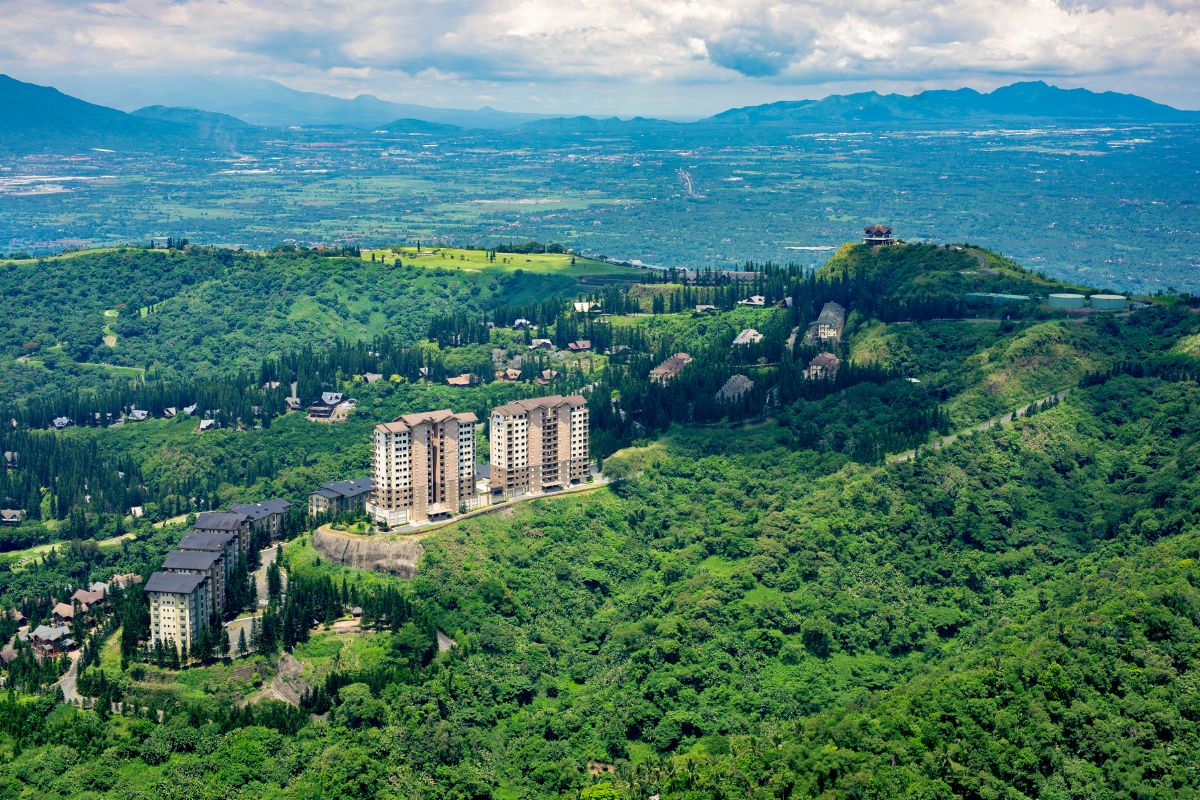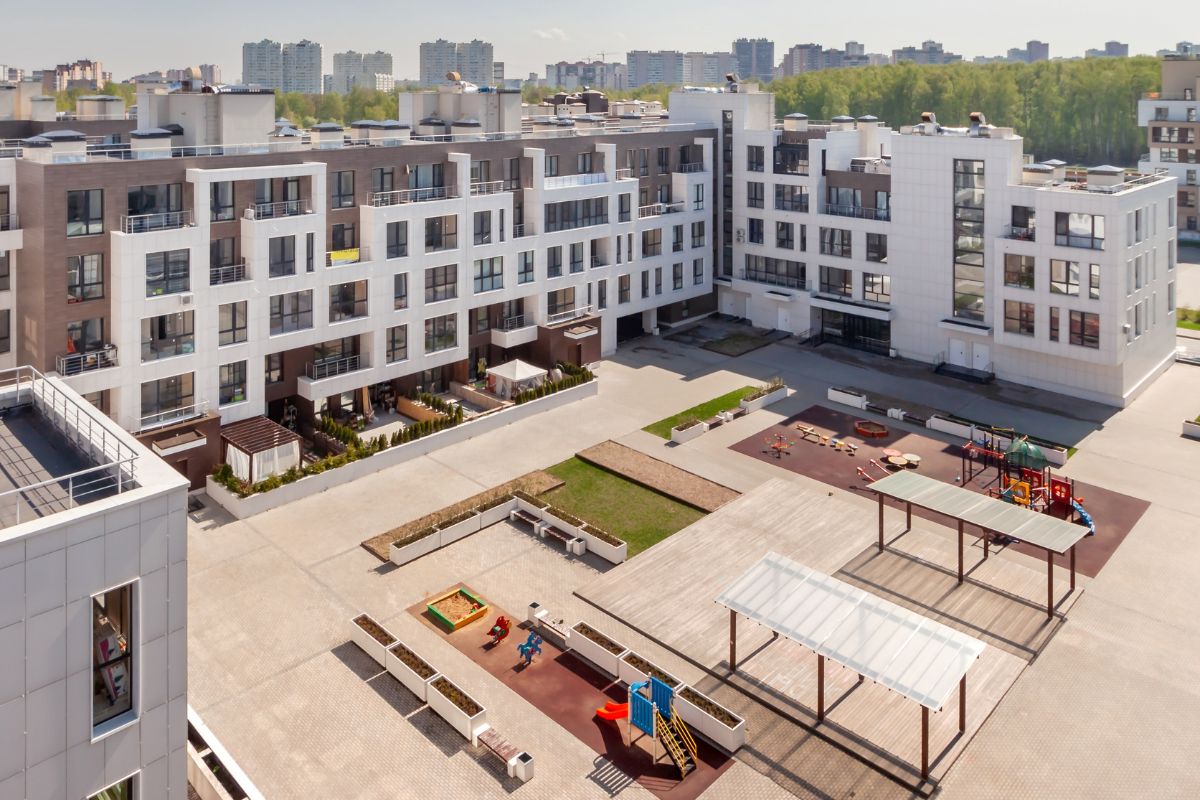Mixed-use development is quickly becoming favoured among developers and urban designers because of the benefits that emerge from this style of city or suburban development. This is to say in an area, you can find residential housing, facilities centres, entertainment venues, retails, commercial offices and many more.
It could even be one building that includes residential, commercial, office, institutional, or industrial uses These forms of development promote walkability because residents and workers are in close proximity to needed services like grocery stores, dry cleaners, banks, and restaurants within a short walking distance.
However, not all buildings can be appropriate in certain areas. For instance, a highly noisy factory cannot be situated in quiet estates and streets. Warehouses that work with big trucks cannot be situated beside an elementary school. That is why there are zoning regulations put in place by the government to put in place what is allowed/not allowed in certain areas.
The aim of the government is always to create a neighbourhood that is not only elegant but also livable and convenient. One of Australia’s property and construction planners, David Baynie says mixed-use development in a locality increases the standard of living, convenience, and the quality of the immediate environment.
What Mixed-Use Zoning Entails
People like the idea of being close to others, of being able to walk to many of their daily destinations, of reducing their spent income and time on travel, and the like, but most communities are not prepared to accept the possible outcomes. That is why government and urban planners categories cities into zones.
Quiet areas are regarded as residential zones while busy areas will be commercial, cultural, institutional, or entertainment zones. Some areas are both zones and this is called mixed zoning. It is also important to understand that mixed-use zoning can vary widely depending on local laws and planning policies. For example, small companies working in a mixed-use development may have clients that walk by on their way to dinner.
Economic productivity is often seen as a major benefit associated with mixed-use development. Not only that, it also reduces reliance on cars and fuels, thereby preserving the green spaces. Mixed-use zoning allows for a combination of land uses within a single zoning district: in a street, there could be a combination of residential homes, shops, and small businesses.
A university campus can be academic buildings, student housing, research facilities, and retail stores. A complex building can have residential rooms at the top and retail shops at the ground level. A mix of residential housing, commercial offices, retail stores, and community facilities located near public transportation.
Benefits of Mixed-Use Developments

Mixed-use developments offer a variety of benefits for residents, developers, government and communities. Here are some of the main advantages:
Economic Benefits
- Saves time and cost: Consumer preference data suggests that all types of consumers want to live in mixed-use areas and are willing to pay more to do so. One of the major benefits of mixed-use development is the economic benefits, David Baynie explains. It has the potential to save people a significant amount of time on their commutes to work or the ability to work from home, freeing up significant amounts of time for families to spend together.
- Cost-effective: combining living, working, shopping, and playing in the same location, the demand for housing, shopping, office, and leisure facilities can be aggregated or co-located in space and time by drawing on shared facilities and services. Consequently, the amount of land, energy, water, building materials, and time required to provide these services can be reduced.
- Increased property values: the various facilities available and increase in demand can boost property values in those areas.
- Boost local economy: Mixed-use developments can boost local economies as it attracts visitors, businesses and investors alike. This will lead to increased spending and economic activity.
Environmental Benefits
- Boost local economy: Mixed-use developments can boost the local economy as it attracts visitors, businesses and investors alike. This will lead to increased activity and increased spending.
- Reduced carbon footprint: By encouraging walkability and reducing reliance use of cars as transportation, mixed-use developments reduces the use of fossil fue, thereby decreasing greenhouse gas emissions. Not only that , the reduced traffic can lead to improved air quality.
Benefits for Developers
a building for residential, as well as commercial, mixed-use developments is no doubt a good way to earn an extra source of income. The inflow of rents is commendable. Plus, these types of buildings are highly attractive to residents who desire convenience more than anything. “Buildings or areas close to various facilities are good selling points, David Baynie notes. That is why the property value in these areas develop at a high rate.
Drawbacks of Mixed-Use Developments

While mixed-use developments offer many benefits, they also have potential drawbacks:
Increased Density
- Traffic congestion: Higher density can lead to increased traffic congestion, especially if proper transportation planning is not in place.
- Noise pollution: The proximity of various land uses can contribute to noise pollution. Think of a factory around residential areas.
- Limited privacy: with shared spaces or densely packed areas, residents might need to bid a bye to their privacy.
Planning and Zoning Challenges
- Complex regulations: Mixed-use developments often require complex zoning regulations and planning processes to ensure different land uses are appropriate for the areas.
- Balancing interests: Balancing the interests of different stakeholders, such as residents, businesses, and the community, can be challenging.
- Infrastructure demands: Mixed-use developments may place greater demands on infrastructure, such as transportation, utilities, and public
These drawbacks can be reduced with effective planning, design and management. With adequate plans put in place, we can create an environment that is both livable and buoyant.











